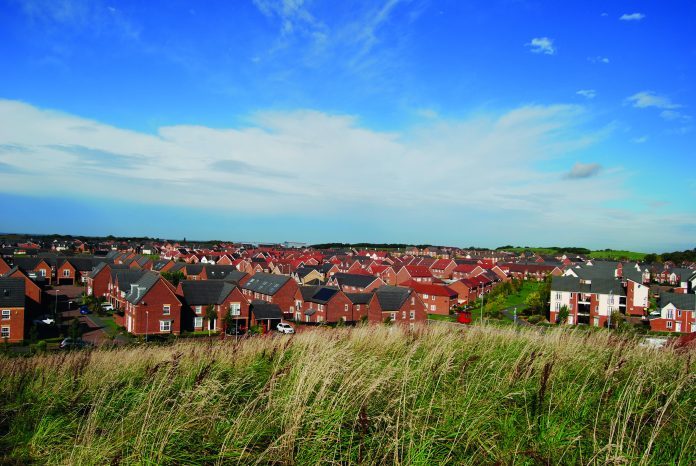New guidelines published by The Wildlife Trusts show how new housing developments can be built in a way that provides people with green homes
The government has recently committed to building a further 300,000 homes a year until 2022, meaning that about 36 square miles will be given over to new housing developments annually.
The Wildlife Trusts believe that a natural environment must be put at the heart of planning in order to give the government a chance of meeting its commitment to be the first generation to leave the environment in a better state than we found it, and to build new green homes and communities that people enjoy living in.
The Wildlife Trusts’ blueprint for new nature-friendly homes highlights the myriad of social, environmental and economic benefits of this approach:
- Benefits for wildlife – better protection for wildlife sites, more space for wildlife, improved connectivity and buildings that are more wildlife-friendly
- Benefits for residents – daily contact with nature, improved health, protection against climate extremes, safer transport routes, good sense of community
- Benefits for the economy and wider society – cost-effective environmental protection, employment, space to grow local food, healthier and happier communities putting less pressure on health and social services
- Benefits for developers – satisfied customers, market value, enhanced brand, improved recruitment, improved environmental ranking
Rachel Hackett, Living Landscapes Development Manager for The Wildlife Trusts says:“A huge challenge lies ahead – thousands of new houses are to be built yet we need to restore the natural world. We’re calling on the government and local authorities to build beautiful, nature-friendly communities in the right places.
Over the past century, we have lost natural habitats on an unprecedented scale. Yet nature has its own innate value. It also makes us happy and we depend on the things that it gives us.
Our new guidelines show that it’s possible to have both, so people can enjoy birdsong, reap the benefits of rain gardens which soak up floodwater, and plants that bees and other pollinators need to survive. With good design, the costs of doing this are a tiny proportion of the overall cost of a housing development, but represent a big investment for the future.”
“We should prioritise places for new housing that are already well served by infrastructure. We should avoid destroying wildlife sites and locate new houses in places where they can help to restore the landscape and aid natural recovery. It’s possible to create nature-friendly housing by planting wildlife-rich community green spaces, walkways, gardens, verges, roofs, wetlands and other natural features. These gains for wildlife improve people’s health and quality of life too.”











